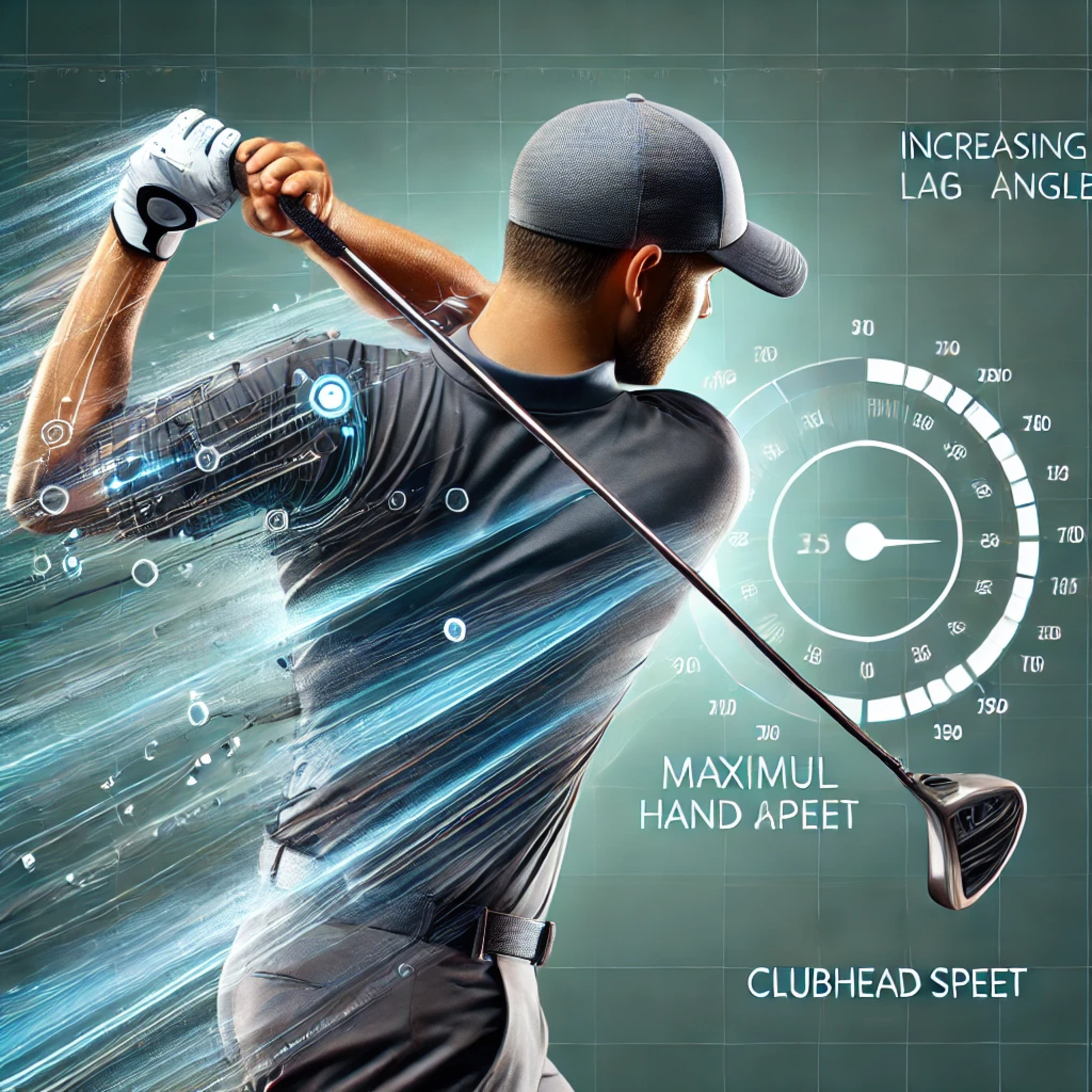#163 ⛳ Increase Golf Club Head Speed: Downswing Techniques
- Author
- Golf247.eu
- Published
- Thu 13 Mar 2025
- Episode Link
- https://podcasters.spotify.com/pod/show/puttin-pro/episodes/163--Increase-Golf-Club-Head-Speed-Downswing-Techniques-e2v8oo5
Henrik Jentsch from the SFT Golf Academy explains how golfers can increase their clubhead speed 🏌️♂️.
The podcast focuses on two key elements of the downswing: the lag angle 🔄 and the maximum speed of the hands ✋💨. By adjusting the timing of these elements, golfers can optimize their power 💪 and technique to generate more clubhead speed 🚀.
The discussion compares the swings of amateur vs. professional golfers 👨🎓🏌️♂️ to highlight the importance of the right concept and execution 🎯. Finally, a free video 🎥 is offered with an exercise for more compression and distance 📏. Lag angle and hand speed play a crucial role 🏆 in generating clubhead speed in the golf swing.
✅ The combination of lag angle 📐 and hand speed ✋💨 is key to maximizing clubhead speed ⚡.
✅ A larger lag angle 🔄 allows for more efficient energy transfer ⚙️, helping convert hand speed into clubhead speed 🚀.
✅ Timing matters ⏳! If maximum hand speed is reached earlier 🕰️, more time is available to increase clubhead speed before impact 🎯.
📊 Example 1: Amateur vs. Pro Comparison
🏌️♂️ Amateur & Pro had the same max hand speed (21 mph), but:
- The pro reached max hand speed earlier in the downswing ⏩.
- The pro had a smaller lag angle increase (14° vs. 31° for the amateur).
- Result: The pro achieved 87 mph clubhead speed 🏆 vs. 82 mph for the amateur.
📊 Example 2: Float Loading Technique
🏌️♂️ A pro reduced their lag angle early (float loading) 🔄.
- Despite potential challenges ⚠️, this technique optimized clubhead speed 🚀.
- Result: Even with 21 mph hand speed, the pro hit 90 mph clubhead speed 🔥.
📊 Example 3: LPGA Player vs. Amateur
🏌️♀️ LPGA pro had lower hand speed (18 mph ❌ vs. 21 mph), but:
- Reached max speed earlier ⏳, leading to 82 mph clubhead speed 🎯.
- Timing is more important than pure speed! 🏆
📊 Example 4: Maximizing Hand Speed
🏌️♂️ A pro with 24 mph hand speedconverted it into 100 mph clubhead speed 💥, proving that earlier hand speed + controlled lag angle = maximum power 🔝.
🚀 1. Reach Maximum Hand Speed Earlier
- Timing ⏳ is key to transferring energy efficiently ⚡.
🔄 2. Adjust Your Downswing Concept
- A common mistake ❌ is keeping arms/hands passive while only rotating the body 🔁.
- Solution: Ensure hands accelerate at the right moment ⏩.
🖐️ 3. Move the Grip Correctly
- The grip should move early, fast, and in the right direction ✅.
- Lag angle should not be forced but develop naturally as a byproduct.
🏆 4. Master the Right Downswing Concept
- The downswing happens in just 0.25 seconds ⏳.
- Starting with the correct motion is crucial 🎯 because there’s no time for corrections ⛔.
🔥 Want more speed & distance? Practice these techniques and unlock your full potential! 🚀💪
🔍 Influence of Lag Angle & Hand Speed 🔄💨🎯 Techniques for Optimization 💪🏌️♂️
